Announcements
Drinks

Secured Green Bonds incentivise covered bond issuers to increase market risk
 By Mathias Pleissner, Deputy Head, Covered Bonds
By Mathias Pleissner, Deputy Head, Covered Bonds
The updated Appendix 1 of the Green Bond Principles (GBP) introduced a distinction between Standard Green Use of Proceeds Bonds (unsecured debt obligations) and Secured Green Bonds. The latter category is further split into Secured Green Collateral Bonds (which require green collateral and green use of proceeds) and Secured Green Standard Bonds (which require no green collateral). Covered bonds are explicitly listed as a potential form of Secured Green Bond.
Covered bonds are a core funding source for banks’ long term mortgages. Green covered bonds can help to reduce the carbon footprint of buildings, which contribute close to 40% of the EU’s carbon emissions and energy use. Current green covered bonds – which directly link green collateral held within a ringfenced cover pool to a corresponding covered bond – were among the first to contribute to the growth of the ESG bond universe.
However the latest extension of the GBP breaks the link between green collateral and covered bond financing. In particular, it could weaken the term matching of financings and funding, which is a key risk factor for covered bonds. Decoupling might also increase interest-rate or foreign-currency risk.
Taking proceeds of a foreign currency-denominated fixed-rate covered bond to finance an ultra-long green infrastructure project is fully in line with the GBP. But the corresponding cover pool could be denominated in local currency with floating-rate residential mortgages, thereby increasing mismatches.
Decoupling covered bonds from assets financed
Using GBP-compliant, secured green (covered) bonds will allow banks to manage their balance sheets in the most efficient way while helping to support carbon transition. If a bank enters resolution, however, initially GBP-compliant covered bonds will become fully decoupled from the assets they have financed. Covered bond frameworks will ensure that credit quality of the covered bond will still be very high but investors will likely lose the green designation as they may no longer be able to receive the ongoing reporting needed to maintain compliance with the GBP.
To be clear, GBP-compliant Secured Green Standard Bonds will not impair the strong fundamentals of covered bonds but if used excessively, they may unintentionally increase a covered bond programme’s market risk profile.
This is not the first time that unintended incentives have decoupled funding profiles from their underlying collateral (see: Covered Bond Quarterly: the curse of liquidity support). Retained covered bonds, used for the ECB’s TLTROs were among the most efficient instruments for banks to receive to liquidity support. Eligible collateral was already on the balance sheet and issuers just needed to increase asset encumbrance by adding collateral to the cover pool to create tailor-made issuance.
To achieve the most beneficial haircut categories under the Eurosystem collateral framework, the market risk characteristics of retained bonds differ substantially from public issuance. Notably in terms of their interest-rate profile and maturities. This, too, created incentives for asset-liability mismatches; particularly programmes collateralised by fixed-rate and/or long-term loans.
One common feature of Secured Green Standards and retained covered bonds is that they both require increased management attention to mitigate increased risk in order to maintain a high credit quality. Increased usage of GBP-compliant Secured Green Standard Bonds could come at the expense of higher over-collateralisation so should also be coupled with increased transparency for other covered bond investors.
Most issuers’ green covered bond frameworks are aligned with the Green Bond Principles (Secured Green Collateral Bonds) and restrict the use of proceeds to green covered bond-eligible collateral. We see the Secured Green Standard Bond as a niche instrument but investors will need to keep an eye on the small print of green bond frameworks to distinguish between the increasing number of green-flavoured covered bonds.
We appreciate initiatives to reinforce the relevance of green bonds. Providing initiatives such as a green label incentivises market participants to invest in greener projects and are a right step into a more sustainable and less carbon-intensive future.
Access all Scope rating & research reports on ScopeOne, Scope’s digital marketplace, which includes API solutions for Scope`s credit rating feed, providing institutional clients access to Scope’s growing number of corporate, bank, sovereign and public sector ratings.






